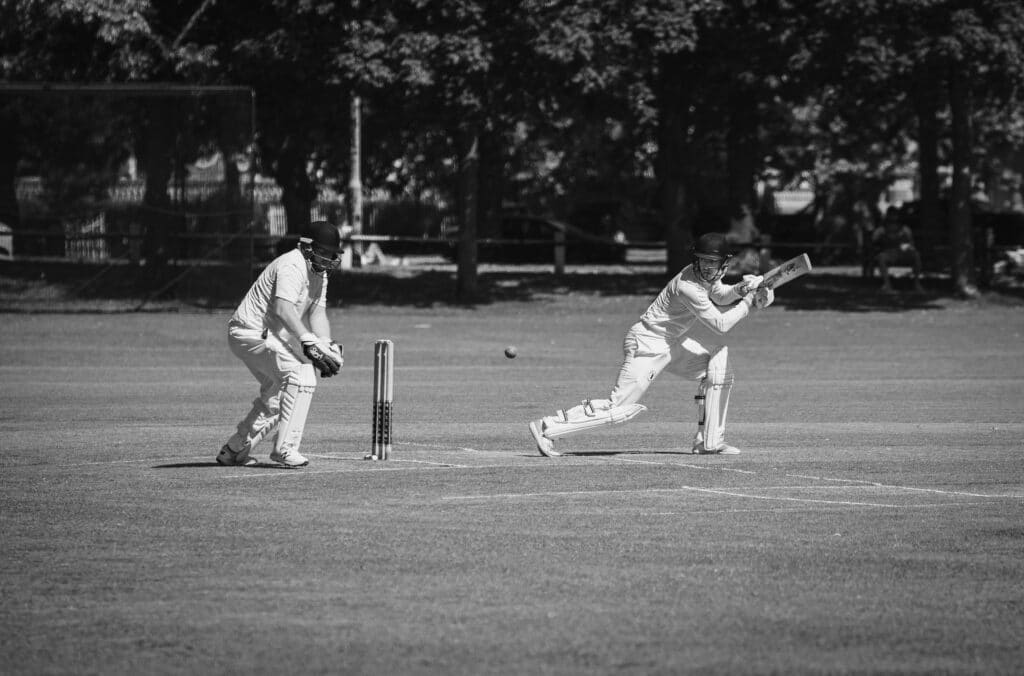What we’ll cover
Improving balance and strength has been shown to greatly decrease the risk and likelihood of falls. Scarily, approximately 1 in 3 people over the age of 65 have experienced a fall within the past 6 months. Of those falls, approximately half occur within the home environment. Our physiotherapist Jason Lee has put together a guide to assist in preventing the likelihood of falls and improving your balance.
How Balance Works
Maintaining your balance relies on multiple systems in your body working together to provide your brain with constant feedback. These systems are constantly providing real time input and allowing our body to adapt and keep us upright. These include:
- Vestibular System (Inner Ear): Detects head movement and position.
- Visual System (Eyes): Provides awareness of your surroundings. Includes depth perception.
- Proprioceptive System (Body Awareness): Senses where your limbs and joints are.
- Muscular System (Strength & Power): Helps you react quickly and stay upright.
When these systems are diminished (can include but not limited to injury, aging, medications, or inactivity), balance can be affected and your risk of falling increases. Importantly, the effectiveness and efficiency of these systems working together can be trained with appropriate exercise.
Common Risk Factors for Falls
There a number of common risk factors that increase the likelihood of falls.
- Poor balance or unsteady walking.
- Muscle weakness or joint stiffness.
- Reduced vision or hearing.
- Slower reaction times.
- Certain medications.
- Home hazards (rugs, poor lighting, steps)
- History of previous falls.
- Fear of falling.
How to prevent falls at home?
Setting up and checking the home environment to reduce any fall hazards is a great starting point.
Ensure you have checked the following:
- A clear pathway particularly from the bedroom to the bathroom.
- Ensure rooms, halls and doorways are well lit.
- Secure rugs in place or consider removing them.
- Store heavy items in lower cupboards or shelves.
- Consider installing rails or bars around the bathroom.
- Keep high traffic areas such as the kitchen or living room free of obstacles.
- If you utilise a gait aid (eg. a walking stick, frame), ensure that these are kept near your bed overnight.
- Wear appropriate fitting footwear with a rubber sole. Avoid loose fitting slippers or sandals.
Balance Exercises: Progressions
Start with exercises that feel safe. Practice near a wall or bench for support. Hold each position for 30 seconds, repeat 2–3 times daily.
| Stance | Add Movement | Eyes Closed |
|---|---|---|
| Feet apart | Gentle arm movements | Feet apart, eyes closed |
| Feet together | Turn head side to side | Feet together, eyes closed |
| Semi-tandem | Turn head side to side | Semi-tandem, eyes closed |
| Tandem (heel-to-toe) | Turn head side to side + arm reach | Tandem, eyes closed |
| Single leg stand | Turn head side to side + arm reach | Single leg, eyes closed |
Tip: Always stay within a safe range and use a stable surface for support if needed. A good area is often the kitchen behind the kitchen bench.
Strengthening Exercises
Perform 2 sets of 10–12 repetitions, 2–3 times per week.
1. Sit to Stand
- Sit on a chair, cross arms or reach forward.
- Stand up slowly, then sit back down under control.
- Make it harder by hovering just above the chair or adding weights.
2. Calf Raises
- Stand tall with hands on a bench or wall.
- Rise onto your toes, hold for 2 seconds, lower slowly.
- Progress to single leg or no hands over time.
To learn more or to book an appointment, contact our friendly team or book an appointment online. Our clinic has range services including balance assessments, personalised home programs and strength and balance classes.


